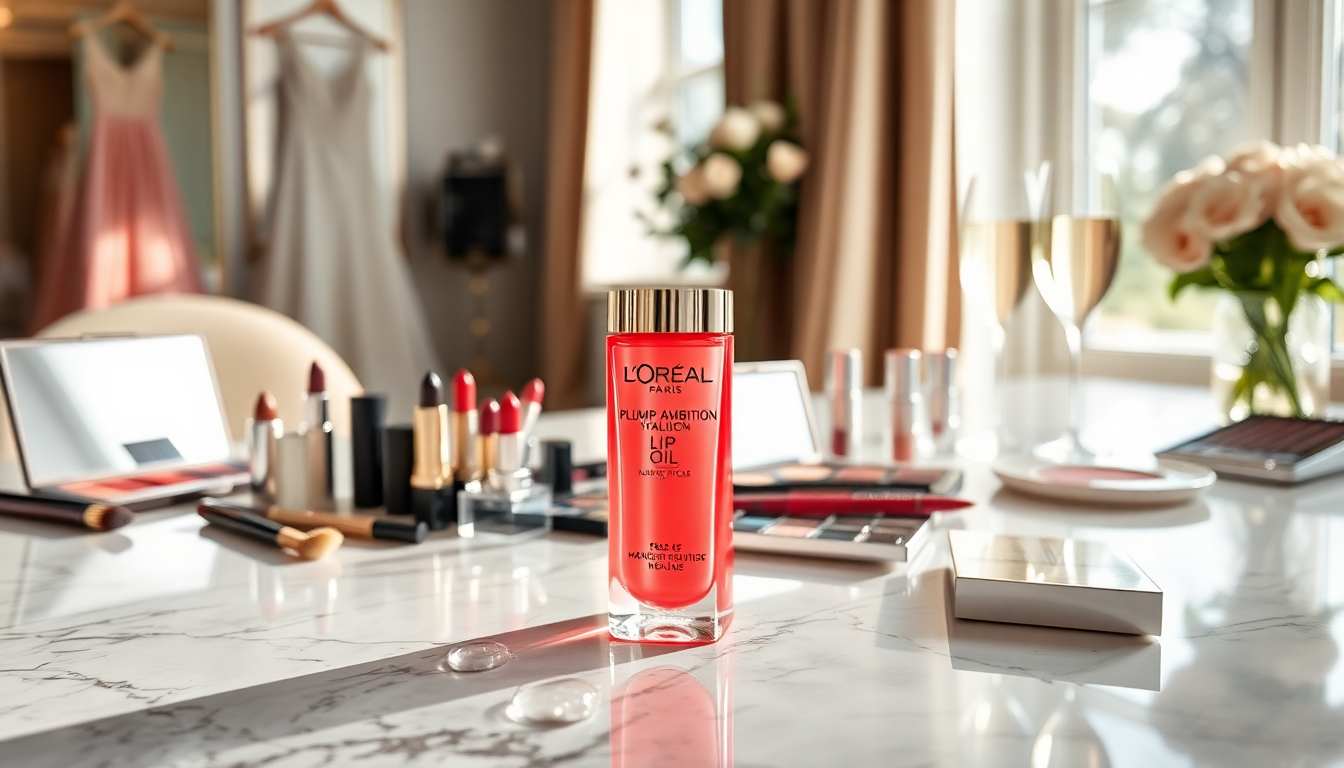Table of Contents
The world of beauty products is buzzing with excitement, and a big part of that energy comes from celebrity endorsements and trending events. Take, for instance, the recent rise of the L’Oréal Paris Plump Ambition Hyaluron Lip Oil. This product has made quite a splash, especially at glamorous gatherings like the Met Gala and the Cannes Film Festival.
Its combination of affordability and the hype generated by influencers and celebrities has propelled its sales to impressive heights, highlighting just how much social media can sway our buying choices.
The Impact of Celebrity Endorsements
When it comes to beauty marketing, celebrity endorsements are a game-changer.
Just think about it: when someone like Bethenny Frankel raves about L’Oréal’s lip oil, it’s hard not to take notice. She boldly claimed that this product could easily compete with others priced at a whopping $60, all while being a drugstore find.
That kind of endorsement not only boosts visibility but also adds a layer of trust, prompting fans to snag the product based on their favorite star’s stamp of approval.
Events like the Oscars and the Met Gala are prime time for brands to shine, often resulting in a surge in sales right after the red carpet.
For example, during the Vanity Fair Oscar Party, Heidi Klum and Kelly Ripa were spotted rocking the lip oil, making it a hot item among consumers eager to emulate their favorite celebrities’ looks.
And it’s not just the stars talking—reviewers on platforms like Amazon are chiming in too.
The lip oil has received a plethora of five-star ratings, with many fans praising its non-sticky formula and effective plumping abilities. This trend underscores how social media and our obsession with celebrity culture not only influence quick buying decisions but also help build long-lasting brand loyalty.
Market Trends and Consumer Behavior
Right now, the beauty market is leaning heavily towards affordable luxury products. With L’Oréal Paris Plump Ambition Hyaluron Lip Oil priced under $11, it’s a game-changer for those who want high-quality cosmetics without causing a dent in their wallets. This trend toward affordability is particularly relevant as we navigate a post-pandemic world where many are more mindful of their spending.
Plus, the range of colors—from clear to rich, deep shades—gives consumers the chance to play around with different looks, encouraging them to make multiple purchases. This smart marketing strategy not only caters to a variety of tastes but also reinforces the idea that beauty can be both accessible and versatile.
As the beauty industry keeps evolving, understanding consumer behavior will be key. Influences like social media, celebrity endorsements, and the demand for affordable luxury are shaping the trends that will dominate the market moving forward.
Future Predictions for the Beauty Market
So, what’s on the horizon for the beauty market? It seems likely that the combination of affordability and celebrity clout will continue to flourish. Consumers are on the lookout for products that deliver great quality without breaking the bank, and brands that can highlight their offerings through relatable endorsements are poised for success.
Additionally, the role of social media in marketing strategies will remain crucial. Platforms like TikTok and Instagram will keep being essential for brands to connect with consumers, driving trends and influencing what we buy. Just look at the success of L’Oréal’s lip oil; a strong online presence, paired with celebrity endorsements, can create a powerful sales boost.
In conclusion, the mix of celebrity culture and consumer goods in the beauty industry reveals an intriguing landscape. As beauty brands navigate these trends, focusing on quality, affordability, and savvy marketing will continue to define the future of beauty products.





